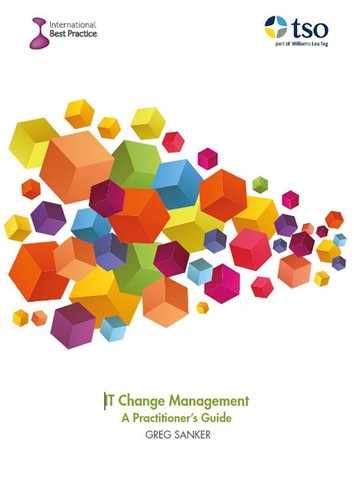Foreword
We hear criticisms of IT change management from many angles: it’s too bureaucratic, too process-focused, too IT-focused and certainly not responsive enough to survive in a modern business environment in which IT plays an increasingly vital role. How, critics ask, can a change advisory board (CAB) review and evaluate every change, when businesses – increasingly dependent on IT – need to be moving ahead at lightning speed?
Change management, however, is much more than just the installation of a CAB; it is the planned construction of capability that informs and accelerates the maintenance and improvement of IT. Whether you are just beginning IT change management in your organization or are under pressure to make it deliver better outcomes more in sync with your multivendor cloud environment or new DevOps initiative, the insights and recommendations in this publication can help you accomplish your goals.
Yes, in today’s businesses, successful changes need to happen more frequently and rapidly than ever, but that presents a challenge to change management, not a negation of it. Too often, service managers and developers think of change management as something that happens once – just before release and deployment. But it is not a last-minute quality check. It is change control as an integral part of every aspect of IT’s mission, ensuring compliance and stability, and keeping changes focused on business needs and outcomes.
Change management, approached this way, aligns with multiple frameworks and methodologies. In fact, as Greg points out, IT change management must be done in the context of your organization’s culture, regardless of the frameworks you have chosen.
Stability isn’t the absence of change …
The definitions of standard, normal and emergency changes can reduce the burden on (and accelerate the function of) the CAB, which ceases to be a barrier and becomes an advisory partner. Maintaining a laser-like focus on quality, stability and compliance requirements throughout the development and/or acquisition of new or changing technology can minimize risk and reduce the frequency and impact of interruptions resulting from changes.
‘Out of the box’ is not the place to start, especially since technology and tools are secondary to a change management capability that suits the needs and priorities established by your business. Neither is ‘by the book’ the way to proceed, although Greg states that following best practices doesn’t mean you can only achieve the average, or that you are copying other organizations.
Read what Greg’s book has to say. Make this your guide to a better IT change management capability during this time of technological disruption and rapid business transformation.
Roy Atkinson
Senior writer/analyst, UBM Americas – HDI
